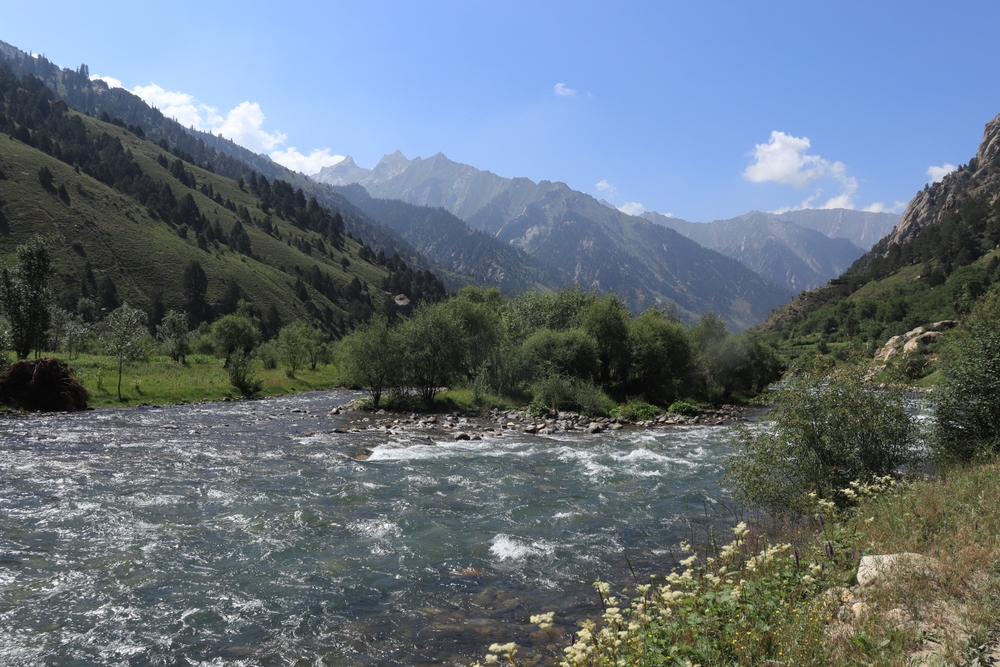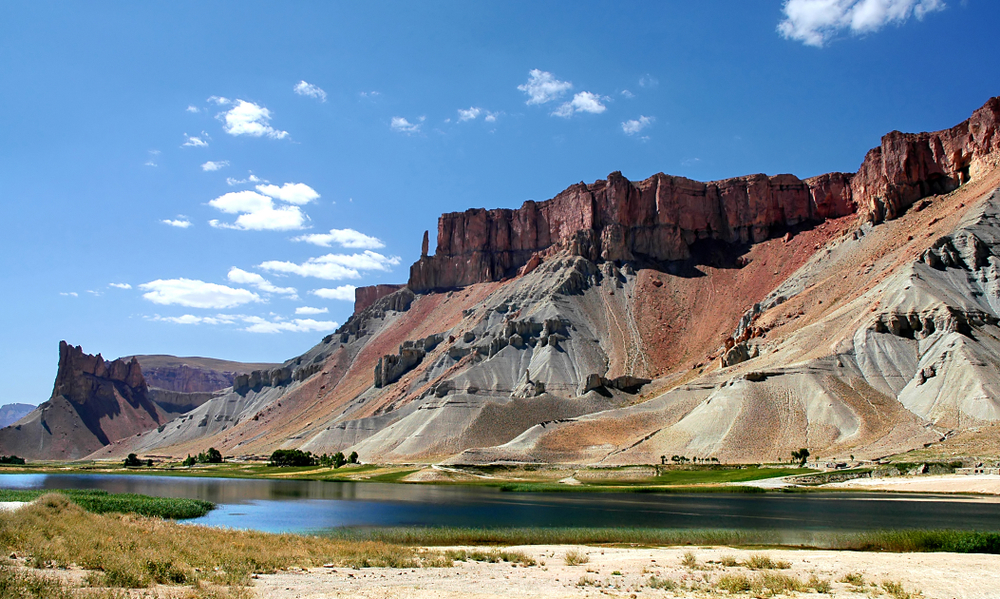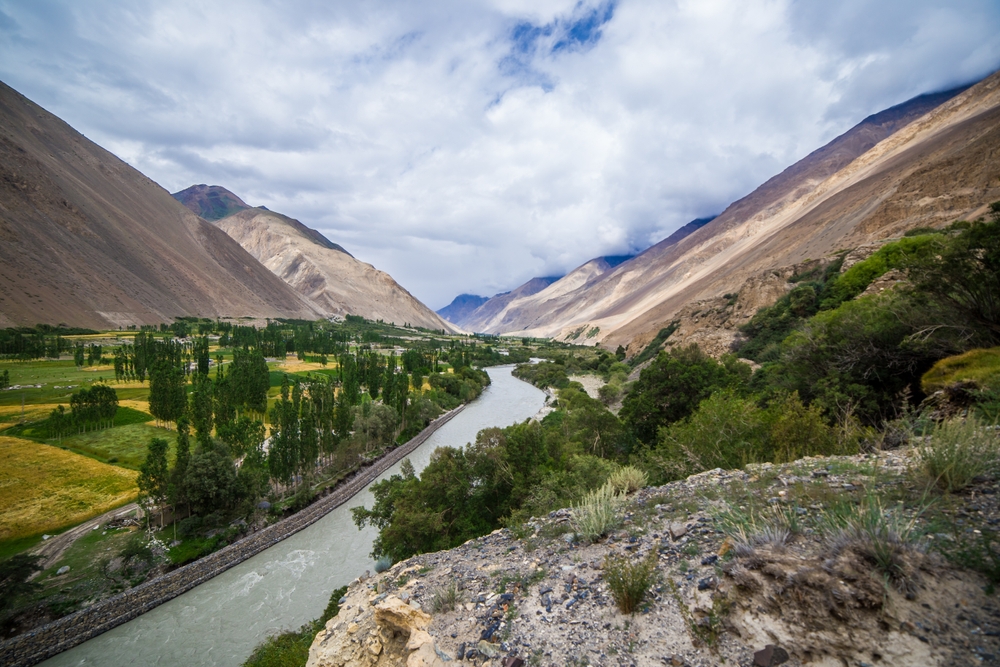Nuristan Overview
Nuristan National Park (locally known as نورستان ملی پارک) is located in the eastern region of Afghanistan, within the rugged, forested mountains of the Nuristan Province. Covering an area of approximately 400 square miles (1,036 square kilometers), it is a remote and mountainous park that showcases some of the country’s most untouched natural beauty. The park lies in the Hindu Kush mountain range, with elevations ranging from 6,500 to over 16,000 feet (2,000 to 5,000 meters) above sea level, offering a diverse and dramatic landscape.
The landscape of Nuristan National Park is characterized by towering peaks, deep valleys, and crystal-clear rivers. The region is known for its dense forests of pine, cedar, and oak trees, which blanket the lower and mid-elevations of the park. These forests provide a sharp contrast to the rugged mountain terrain and create a lush, green environment during the warmer months. The park’s many rivers and streams, fed by snowmelt from the surrounding peaks, add to its pristine and vibrant landscape.
Nuristan’s vegetation is abundant, with dense coniferous forests and alpine meadows that flourish in the summer. The park’s diverse plant life supports a wide range of wildlife species. Nuristan National Park is home to animals such as the Siberian ibex, markhor (wild goat), and the elusive snow leopard. Additionally, bird species like the Himalayan snowcock and golden eagle are often seen soaring above the peaks or along the valleys.
Nuristan National Park remains relatively unexplored by tourists due to its remote location and difficult terrain, but it offers incredible opportunities for eco-tourism, including trekking, wildlife observation, and nature photography. The park represents one of the last remaining wild and forested regions in Afghanistan.
Park Map
Nuristan National Park Highlights
Share your clicks with us
Engaging Nuristan National Park
Related National Parks More Afghanistan
Sources
- Discover Country, Nuristan National Park, https://discover-country.com/object/afghanistan-kunar-nuristan-national-park-fa-_/, retrieved August 2024.
- Traveling the Unknown, How to Visit Nuristan National Park, https://www.travelingtheunknown.com/how-to-visit-nuristan-afghanistan/, retrieved August 2024.
- Wikipedia, Nuristan National Park, https://en.wikipedia.org/wiki/Nuristan_National_Park, retrieved August 2024.












































































